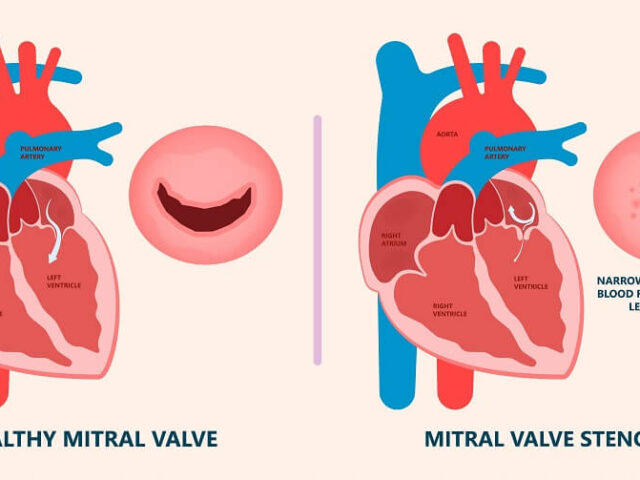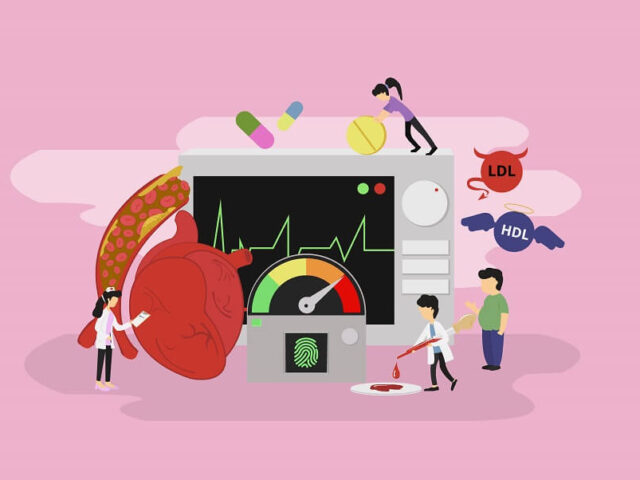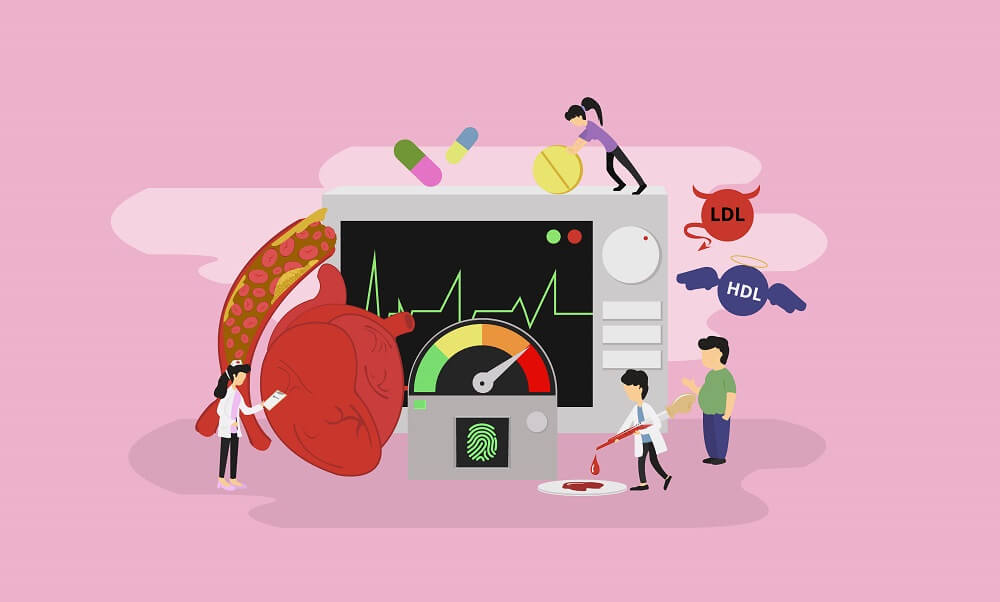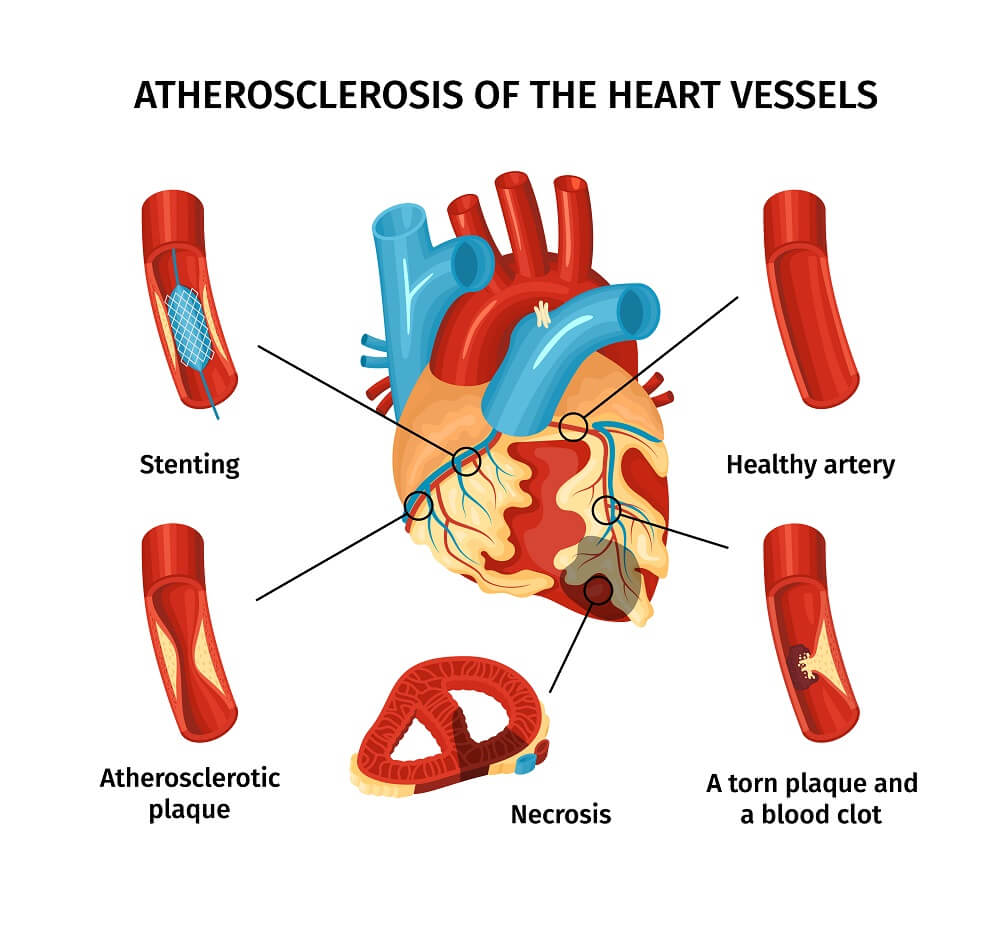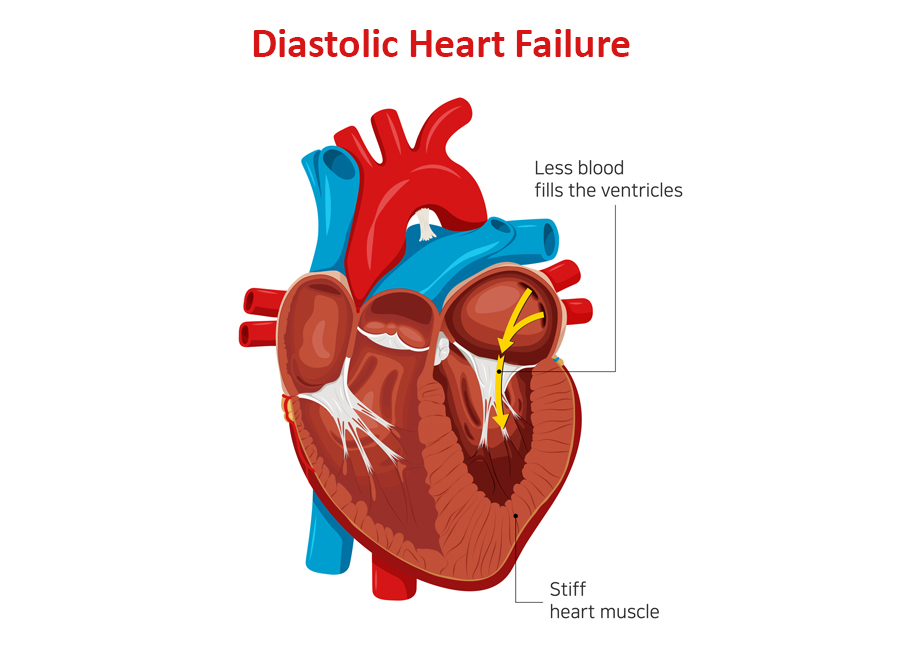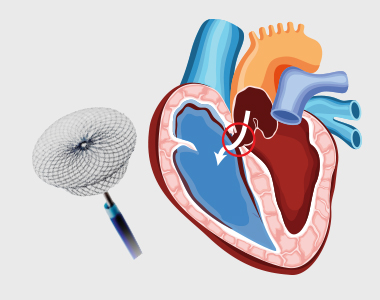Heart disease, once considered primarily an ailment that affected people in their 60s or 70s, is now becoming a significant concern in children. According to a report in the Times of India, there has been a disturbing increase in the number of children suffering from heart diseases and, tragically, even losing their lives to these conditions. In this article, we will delve deeper into heart disease risk in kids and discuss a few useful tips to prevent a heart attack and other cardiovascular conditions from a young age. Heart disease is increasingly becoming a significant health issue among children worldwide. While congenital heart defects have been recognized for years, there is a concerning rise in acquired heart diseases in children, including cardiomyopathies, arrhythmias, and atherosclerosis. Additionally, there have been several reports of individuals in their 20s and 30s succumbing to heart attacks. That, in turn, emphasizes the need to identify and address heart disease risk in young people. The sooner we parents recognize these risks and inculcate heart-healthy habits in their children, the lower their risk of developing chronic cardiac conditions. In this section, we will take a closer look at a few factors that are increasing heart disease risk in kids. The modern lifestyle has led to a surge in the consumption of processed and high-calorie foods, leading to childhood obesity and related cardiovascular issues. Such diets are low in essential nutrients and high in unhealthy fats and sugars, contributing to elevated cholesterol levels and other heart disease risk factors in kids. Childhood obesity can also make children more vulnerable to metabolic disorders like type 2 diabetes. With the advent of technology, children are spending more time on screens and less time engaging in physical activities. This sedentary lifestyle has adverse effects on their cardiovascular health, leading to weakened heart muscles and poor circulation. Family history plays a crucial role in determining a child’s susceptibility to heart disease. If there is a history of heart problems in the family, the child may be at a higher risk. Several studies also suggest that prenatal factors, such as maternal nutrition during pregnancy, smoking, or exposure to environmental toxins, can influence the child’s heart health in later life. Chronic stress and mental health issues have been associated with heart disease risk in kids. Stress can trigger unhealthy coping mechanisms like emotional eating and contribute to high blood pressure and inflammation. Heart disease in children may present differently than in adults, making it essential for parents and healthcare providers to be vigilant about early warning signs. Common symptoms that could indicate a heart problem in children include fatigue, shortness of breath, chest pain, and fainting spells. Routine health check-ups play a critical role in identifying potential heart issues in children. Through regular examinations and tests, healthcare professionals can spot risk factors early and offer appropriate interventions. While heart disease is becoming more prevalent in kids, there are ways to minimize its risk. Here are a few tips to prevent a heart attack and other conditions in children: Prevention is always better than cure, and instilling heart-healthy habits in children is the first step toward reducing heart disease risk. Start by encouraging your child to be more active. Regular physical activity is crucial not only for maintaining a healthy weight but also for strengthening the cardiovascular system. Nutrition also plays a vital role in preventing heart disease in children. Incorporating more heart healthy foods like nuts, fruits, vegetables, and whole grains into your kid’s diet is crucial. The rising incidence of heart disease risk in kids is a concerning global health issue. Understanding the contributing factors and implementing preventive measures are crucial steps in addressing this problem effectively. By promoting healthy lifestyles, conducting regular health check-ups, and raising awareness among parents, healthcare providers, and communities, we can work towards safeguarding the heart health of the younger generation. Together, we can ensure a healthier future for our children. Dr. C Raghu is an eminent interventional cardiologist who is often regarded as the best heart specialist in Hyderabad. If your child has been diagnosed with a heart condition, reach out to Dr. Raghu today to discuss the right treatment options.

The Rising Prevalence of Heart Disease in Children
Contributing Factors to Heart Disease Risk in Kids
Unhealthy Diet
Sedentary Lifestyle
Genetics and Family History
Stress and Mental Health
Identifying Early Warning Signs
Preventive Measures and Management
Promoting a Heart-Healthy Lifestyle
Final Thoughts
Book Online Consultaion
Heart Disease Risk In Children: Understanding The Growing Concern
Subscribe the Hearty Life Blogs

DR. RAGHU | Best Cardiologist in Hyderabad
Cardiology Coronary, Vascular and
Structural InterventionsConditions & Diseases
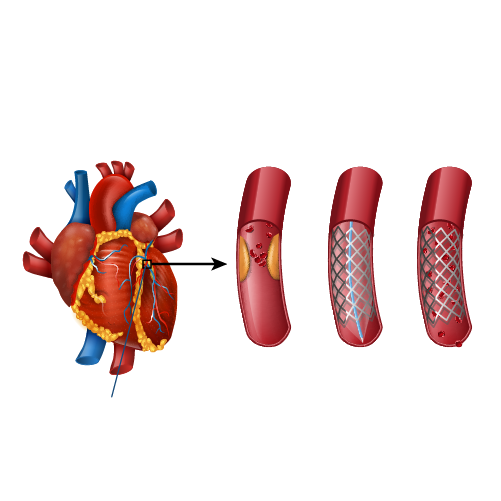
Angioplasty
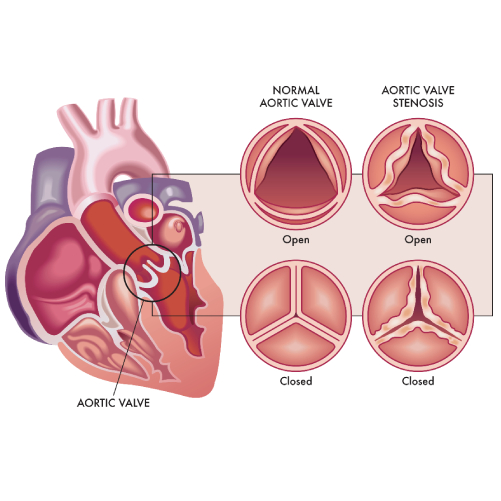
Aortic Stenosis
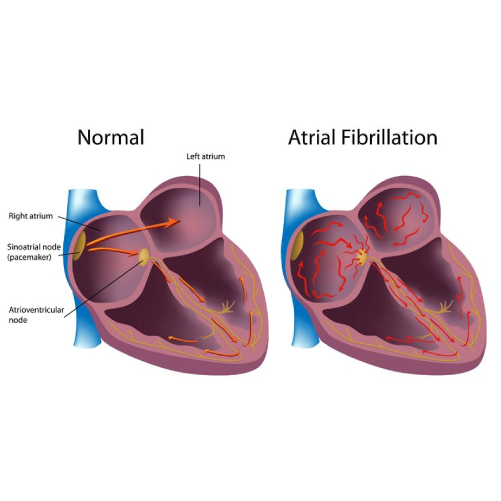
Atrial Fibrillation
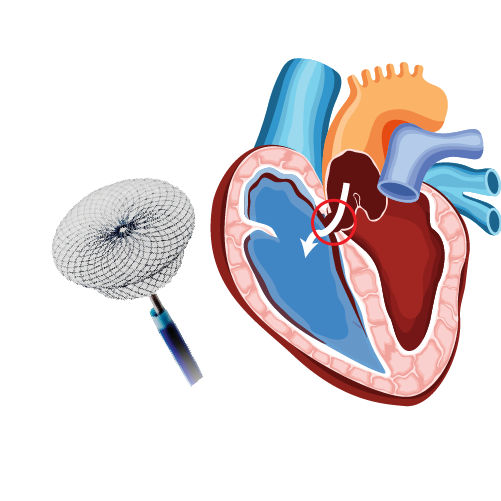
Atrial Septal Defect
heart disease / Dr Raghu
Hyderabad, July 9 (IANS) Vitamin D deficiency is not a major risk factor for heart attacks or atrial fibrillation. It is a soft target and not a hard point in management of heart disease, opines leading cardiologist Dr C. Raghu. According to him, the major risk factors for heart attacks remain hypertension, diabetes, high cholesterol and family history In an interview with IANS, the senior interventional cardiologist and clinical director at Yashoda Hospitals, Secunderabad, explained some of the recent advances in the domain of heart heath. Q: How do you look at the recent study that Vitamin D might reduce the risk of heart attacks and prevent irregular heartbeats? A: These are not therapies for these problems. These are in addition to what all other measures a person takes. People might think that Vitamin D is the only thing. Heart disease is a multi-factor disorder. Still, the standard risk factors remain diabetes, hypertension, high cholesterol and family. These have strong correlation. Vitamin D to treat or to prevent heart attack is still a long term goal even going by this study. Many studies might come on various factors and they might choose positive benefits but for these positive benefits to translate to clinical medicine is a long process. There are many medications which can definitely reduce the heart event rate but for this many factors have to be addressed properly. Vitamin D is a very soft target not a hard point. It is not the only thing. People should not think that if I take Vitamin D, I will be okay. I think fundamentals remain the same. Diabetes, hypertension, high cholesterol and physical activity continue to remain major pillars. These risk factors have to be addressed to prevent heart attack. Q: How common is atrial fibrillation in the Indian context? A: Atrial fibrillation is worsening like heart disease. It is a multifactorial disease. Most of the patients of atrial fibrillation are elderly women they have underlying hypertension, diabetes and they have stiff heart syndrome. In this group of patients prone to develop atrial fibrillation there are many hard end points which we can address rather than focusing on Vitamin D. Vitamin D is not a major risk factor. In the Indian context also, atrial fibrillation is an emerging epidemic. The main reasons are still uncontrolled high blood pressure, aging process and stiff heart. These will continue to be the main promoters of development atrial fibrillation. As a doctor, I would prefer to treat them rather than treat a very soft end point like Vitamin D. Q: Will the use of higher doses of Vitamin D for a longer period negatively impact patients? If yes, what are the risks? A: Yes. That is one of the major reasons why one should be very careful. Somebody might think what is the harm in consuming Vitamin D as it is a simple medication but that’s not the way. Unsupervised Vitamin D use for a prolonged period of time can lead to lot of medical complications. Some people might develop renal dysfunction, some people might develop hyperparathyroidism or produce more calcium (hypercalcemia). There are a lot of metabolic problems that may happen if somebody takes long duration vitamin D without proper medical supervision. Presence of deficiency of Vitamin D and its correction are not the same. Sometimes correction of vitamin D deficiency might not reduce the primary problem. Prolonged consumption of Vitamin D and unsupervised especially elderly people tend to develop more complications. One should be cautious in taking Vitamin D without supervision. Having said that, there are a lot of natural sources for production of Vitamin D. I would prefer my patients to have a natural way to produce Vitamin D by their body as a medication. I encourage my patients to have 15 minutes of sunlight at least 2-3 times a week and at least once a week, do traditional remedies like application of castor oil to promote internal development of Vitamin D. These are simple measures one can take and naturally produce Vitamin much more quantitatively better. Q-What are the other new or recent discoveries for managing heart health? A: In the management of heart health, what the recent advances suggest is to stick to the traditional risk factors only. We now have a lot of objective data. Let us consider Lipid. We have a lot of data which emerged in the last one decade indicating that people should target their Lipid. There is a lot of misinformation and misconception which are being propelled by various sources indicating that one should not believe in Lipid but we have strong data on the management of Lipid. We have clear-cut numbers. What is LDL cholesterol a person should have. The numbers are different for a person who does not have heart attack and the one who had heart attack. For a person who does not have a heart attack but has only Diabetes, we aim for LDL of less than 70. Same for a person with heart attack we aim for LDL cholesterol of less than 55. Same for a person who has got a high risk we aim for less than 35. Previously we never used to aim for such low levels of LDL cholesterol. Now we understand that a very low level of LDL cholesterol will reduce the risk of having a cardiac event. This is one of the important advances which I think people have to be aware of. There are different cut-off levels. When people go to a laboratory, the normal value of cholesterol creates confusion. They will try to remain at a much higher level than what is desired for them. A lot of personalised medicine is coming for different subsections of people. It might look very less interesting for people but it is a very important and also inexpensive way to reduce the risk of heart attack. One of the common ways to reduce heart attacks is to use aspirin. We all think that taking aspirin a day reduces the risk. Now with the availability of new data, we can understand that certain groups of patients get benefited and certain groups of patients can get harmed. What we understand is that aspirin used for patients less than 60 who have diabetes and hypertension, they get better whereas for patients who are more than 60 years, we have to select patients who are going to be benefited rather than using aspirin for all of them as a blanket. Aspirin therapy is very useful for prevention of heart stroke in people who already had a heart attack but for those people who never had a heart attack in the past or who never had bypass surgery, it is better to limit the use of aspirin among people who are less than 60. So we have to differentiate between those who had heart attack angioplasty vis-a-vis those who never had an event and use aspirin selectively for people who already had heart attack and for those who did not have heart attack, we need to calculate the risk and then only use benefit of the therapy. We now understand that women tend to have a higher risk of heart attack than what we were thinking in the past. Now a days, we see a lot of women also developing heart attacks. That is due to multiple to new risk factors which we were hitherto not knowing. These risk are enhancers: for women who tend to premature menopause naturally or surgically, they will have a higher risk of heart attack. Premature means less than 40. Women who have immunological disorders like Rheumatoid arthritis or SLE tend to have higher chances of heart attack. Such women possibly take aspirin to prevent heart attack. In addition to traditional risk factors, we have risk enhancing factors for women and people who have South Asian ancestry like Indians. They play an important role for the development of heart attacks. South Asian ancestry people tend to have higher risk of heart attack especially those with a family history of heart attacks in less than 50 years of age. Those people are at higher risk of developing heart attacks. That is also considered a risk enhancer. That’s why you see a lot of young people developing heart attacks among the Indian population because of our propensity. It is not considered as risk factor but considered risk enhancer Compared to the past we are seeing more and more women developing heart attacks at younger age. Previously we were not seeing this. Women who tend to have higher blood pressure during pregnancy may develop heart attacks. This is also considered a risk enhancer for a heart attack. Q: Is building more data helping understand the risk factors and risk enhances better? A: We continue to get data. The larger the data set, better we can understand the association. Risk scores have also been developed. These risk scores help us to estimate what is the risk of a particular person to a heart attack in the next 10 years. With these risk scores, objective risk assessment is possible compared to what we used to assess risk in a subjective way. For the Indian population who are having a risk of more than 10 per cent, it is considered high risk in India. This means more than 10 per cent chance of having a heart attack in the next 10 years is considered high risk in India. Indian race and south Asian ancestry itself is a risk enhancer. If risk calculation is more than 10 per cent, it is considered high risk whereas the same for any other race, we consider high risk if it is more than 20 per cent. The bar is set at the lower level for the Indian population. Clinical practitioners and even lay persons calculate risk score. Easiest risk score they use is by the American Heart Association. This risk score calculator is developed in the form of an app and available on Google as well as Apple store. It is an ASCVD risk calculator. This is an objective app. A person can calculate the risk. Risk score gives an idea what medication one should take. For example whether a person should take aspirin, cholesterol lowering medication, blood pressure medication, and what lifestyle modification is required. One can also know how much risk reduction is possible by adhering to those lifestyle modifications. Indians calculating risk on ASCVD need to choose an ‘other’ group which happens to be of South Asian ancestry. More than 20 per cent risk score is considered high risk in the American context while for Indian people, more than 10 per cent risk is considered high risk.
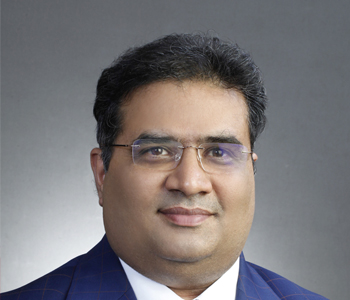
Book Online Consultaion
What Are the 5 Most Common Heart Problems?
Subscribe the Hearty Life Blogs

DR. RAGHU | Best Cardiologist in Hyderabad
Cardiology Coronary, Vascular and
Structural Interventions
Heart disease remains a significant global health concern, accounting for a considerable number of deaths worldwide. While it is well known that factors such as high blood pressure, high cholesterol levels, and obesity can contribute to heart disease.
A heart attack, medically known as a myocardial infarction, is a severe medical emergency that can cause lasting damage to the heart muscle and even lead to death. As a leading cause of death worldwide, it shouldn't be taken lightly.
Depression is a mental health disorder that affects millions of people worldwide. When an individual suffers from depression, they experience sadness, hopelessness...
There are many scenarios where you might want to see a doctor and find out whether you’ve developed heart failure. Perhaps you have a history of heart disease in the family and would like to assess your risk levels.
Or you might have developed symptoms, such as shortness of breath, chest pain, and swollen feet, that are indicative of heart failure. (Check out our previous article for a detailed glimpse of heart failure symptoms.)
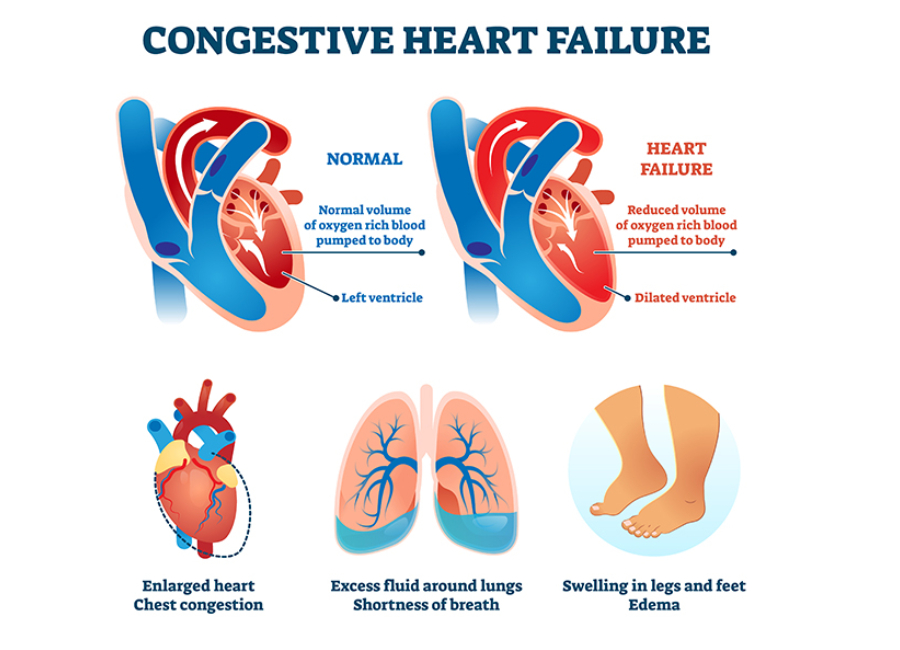
Or you might have completed an initial round of investigation and want a closer look at the root cause of heart failure. In any case, it’s essential to have a fair idea of the steps involved in diagnosing heart failure. Let’s take a look.
Family History and Medical Background
Diagnostic efforts for heart failure serve two primary purposes :
- To determine the underlying cause
- To assess the extent of the heart’s malfunction
The first thing a doctor will do is get a complete picture of your medical history. They’ll want to know the details of any symptoms you might have been experiencing. Also, they’ll ask about your diet and lifestyle, including your habits pertaining to exercise, smoking, and alcohol consumption.
Additionally, they’ll ask one or more of the following questions:
- Do you have pre-existing conditions like high cholesterol levels, hypertension, diabetes, etc.?
- Have you undergone treatments like chemotherapy?
- Do you have a family history of cardiovascular diseases?
Your answers to these questions will give your doctor a better idea of your current physical condition.
Physical Examination
Next, the doctor will perform a thorough physical exam to analyze your heart activity. They’ll likely start by calculating your BMI and body fat percentage. Also, they’ll measure your vitals, including blood pressure and heart rate.
Additionally, they might use a stethoscope to identify abnormal heart sounds or murmurs that indicate a faulty heart valve. They’ll also watch out for soft noises or bruits to identify the narrowing of arteries.
They’ll examine your skin to see if it feels cold or looks discolored. They’ll also check your feet and abdomen for signs of fluid buildup. By the end of the physical exam, the doctor will have a better idea of your cardiovascular health.
Related : High Blood Pressure – Symptoms & Treatment
Diagnostic Tests
While a physical exam can indicate abnormal heart function, your doctor will likely run a few diagnostic tests to confirm the underlying cause of heart failure.
The most common tests include:
- Blood tests, such as complete blood count, lipid panel, liver and kidney function tests, and a fasting glucose test
- Brain natriuretic peptide (BNP) test to determine the risk of hospitalization and death due to heart failure
- Chest X-ray to detect enlarged heart muscle or fluid buildup around the heart
- 12-lead ECG to monitor the heart’s electrical activity and identify signs of a heart attack or irregular heartbeat
- Echocardiography for a closer look at the heart’s chambers and pumping action in real time
- Coronary angiography to identify coronary artery disease
Other tests like radionuclide ventriculography, exercise testing, and endomyocardial biopsy may also be prescribed.
Related : What is Coronary Angiogram?
In Conclusion
Diagnosing heart failure involves a combination of physical examination, blood tests, and non-invasive procedures like X-rays and ECG. The key is to identify the underlying cause of heart failure, so that your doctor can decide the right course of treatment.
Dr. C Raghu is an experienced cardiologist who specializes in interventional cardiology. If you or anyone you know is at risk of developing heart failure, reach out to Dr. Raghu for a thorough diagnosis.
Book Online Consultaion
Diagnosing Congestive Heart Failure Blog
Subscribe the Hearty Life Blogs
In our previous articles, we’ve discussed the symptoms of heart failure and the steps to diagnose the same. However, the course of treatment varies for every patient based on the type of heart failure they’ve developed.
Depending on the part of the heart’s pumping cycle that’s been affected, there are two types of heart failure. In this blog, we’ll take a closer look at diastolic dysfunction and its symptoms.
What Causes Diastolic Dysfunction?
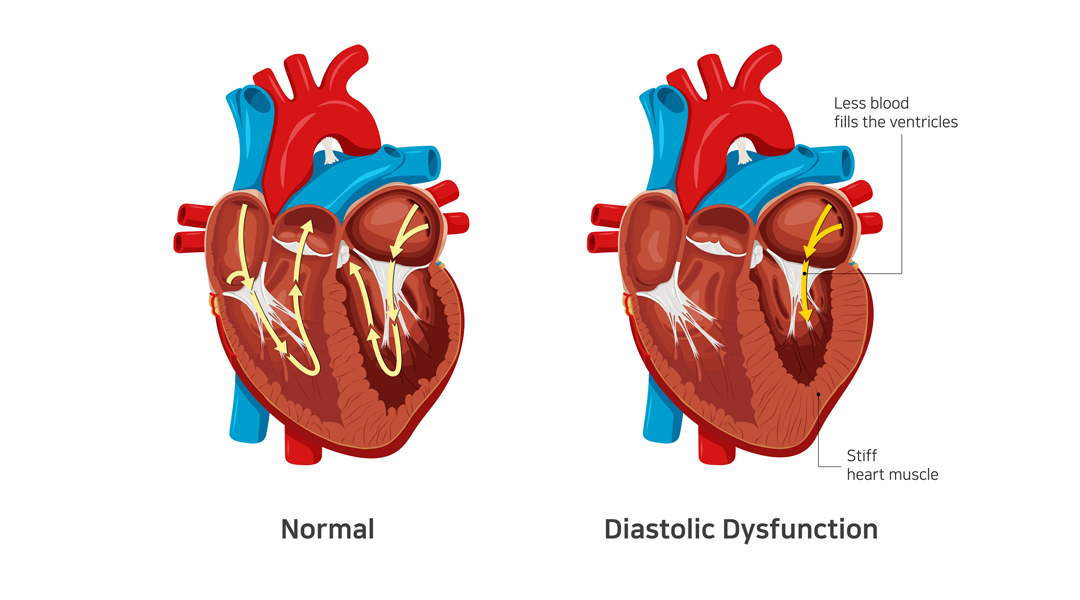
The diastolic phase refers to the part of the heart’s pumping cycle when the ventricles (lower chambers) relax and let blood flow in from the atria (upper chambers). Diastolic dysfunction is a condition in which the ventricles don’t relax enough. That, in turn, prevents the normal amount of blood from entering the heart.
Diastolic dysfunction is caused when the heart muscles become thicker and stiffer than usual. It’s more common in older women with hypertension and diabetes. If left untreated, it can lead to diastolic heart failure (also known as heart failure with preserved ejection fraction).
Related : Understanding Congestive Heart Failure Symptoms
What Does Preserved Ejection Fraction Mean?
Ejection fraction refers to the volume of blood pumped out from the heart’s left ventricle with each contraction. For a healthy heart, the number falls in the range of 55% to 65%. A lower ejection fraction is one of the most common indicators of heart failure.
However, it’s worth noting that many people with diastolic dysfunction have an ejection fraction of 50% or more (which is known as preserved ejection fraction). That means the left ventricle expels an adequate amount of oxygenated blood.
However, the heart muscle doesn’t relax enough to let a sufficient quantity of blood in. That, in turn, causes the excess blood to back up in the lungs and results in fluid buildup in the feet and abdomen.
How to differentiate systolic from diastolic dysfunction ?
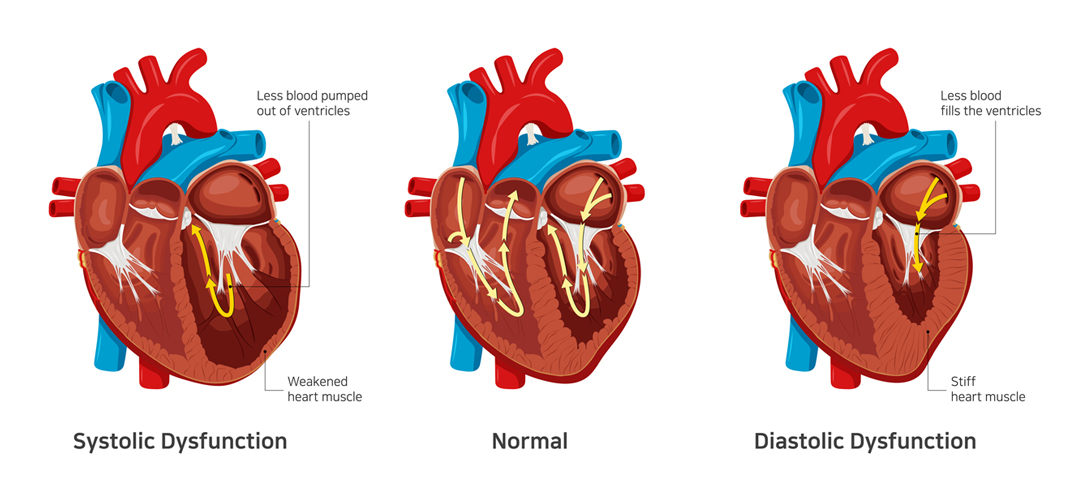
In contrast to systolic dysfunction where the heart muscle is “weak”, in diastolic dysfunction the heart is “stiff”. This means that the heart is unable to pump blood out of the heart in systolic dysfunction whereas the heart is unable to accept further blood in diastolic dysfunction. Both conditions lead to congestion or fluid accumulation in various organs of the body. Differentiation of heart failure from systolic and diastolic dysfunction is not possible as both diseases present with similar symptoms.
Which conditions lead to Diastolic dysfunction?
- Diastolic dysfunction appears consequent to uncontrolled or long-standing diabetes
- Hypertension
- Obesity as well as elderly people
- Women and atrial fibrillation
The best way to prevent and treat diastolic dysfunction is by effective control of the diseases mentioned above.
Symptoms of Diastolic Dysfunction
The most common symptom of diastolic dysfunction is congestion and shortness of breath due to the buildup of blood and fluid in the lungs. Breathing difficulties can get particularly worse during exertion or when lying.
Other symptoms of diastolic dysfunction include:
- Coughing and wheezing (due to lung congestion)
- Loss of appetite and nausea (due to fluid buildup around the liver and in the stomach)
- Swollen feet, legs, and abdomen (due to fluid accumulation)
If you experience any of the given symptoms, it’s crucial to consult a doctor for a proper diagnosis.
Treatment of Diastolic Dysfunction
Treatment of diastolic dysfunction involves a combination of medications (diuretics or water pills) and lifestyle changes. In severe cases, a patient might need left ventricular assist devices or a heart transplant.
Is Diastolic Dysfunction Serious?
In the long run, diastolic dysfunction can lead to diastolic heart failure. That, in turn, increases your risk of hospitalization and death. Therefore, you should pay close attention to your symptoms and reach out to a doctor whenever you notice anything unusual.
Dr. C Raghu is a renowned cardiologist who specializes in interventional cardiology. He has decades of experience in treating patients with different heart conditions. If you or anyone you know has developed symptoms like shortness of breath, swollen feet, loss of appetite, etc., contact Dr. Raghu to explore your treatment options.
Book Online Consultaion
What Are the Symptoms of Diastolic Dysfunction ? – Blog
Subscribe the Hearty Life Blogs
Congenital heart diseases are diseases that are present from birth and affect the normal heart functioning. These are the most frequently occurring congenital disorder, responsible for 28% of all congenital birth defects. The birth prevalence of CHD is reported to be 8-12/1000 live births. Considering a rate of 9/1000, about 1.35 million babies are born with CHD each year globally. In most cases, no obvious cause of congenital heart disease is identified. However, some things are known to increase the risk of the condition, including: Many cases of congenital heart disease can be diagnosed before a baby is born during an ultrasound scan in pregnancy. At times a focused foetal heart scan called foetal echocardiography in specialized centers helps to diagnose the cardiac problem before birth. However, it’s not always possible to detect congenital heart defects in this way. Congenital heart disease can have a number of symptoms, particularly in babies and children, including: These problems are sometimes noticeable soon after birth, although mild defects may not cause any problems until later in life. There are many types of congenital heart disease and they sometimes occur in combination. Some of the more common defects include: Treatment for congenital heart disease usually depends on the defect you or your child has. Mild defects, such as holes in the heart, often don’t need to be treated, as they may improve on their own and may not cause any further problems. Surgery or interventional procedures are usually required if the defect is significant and causing problems. Modern surgical techniques can often restore most or all of the heart’s normal function. However, people with congenital heart disease often need treatment throughout their life and therefore require specialist review during childhood and adulthood. This is because people with complex heart problems can develop further problems with their heart rhythm or valves over time. Most surgery and interventional procedures aren’t considered to be a cure. The affected person’s ability to exercise may be limited and they may need to take extra steps to protect themselves from getting infections. It’s important that a person with heart disease and their parents or carers discuss these issues with their specialist medical team.
What are the Causes of Congenital Heart Defects?
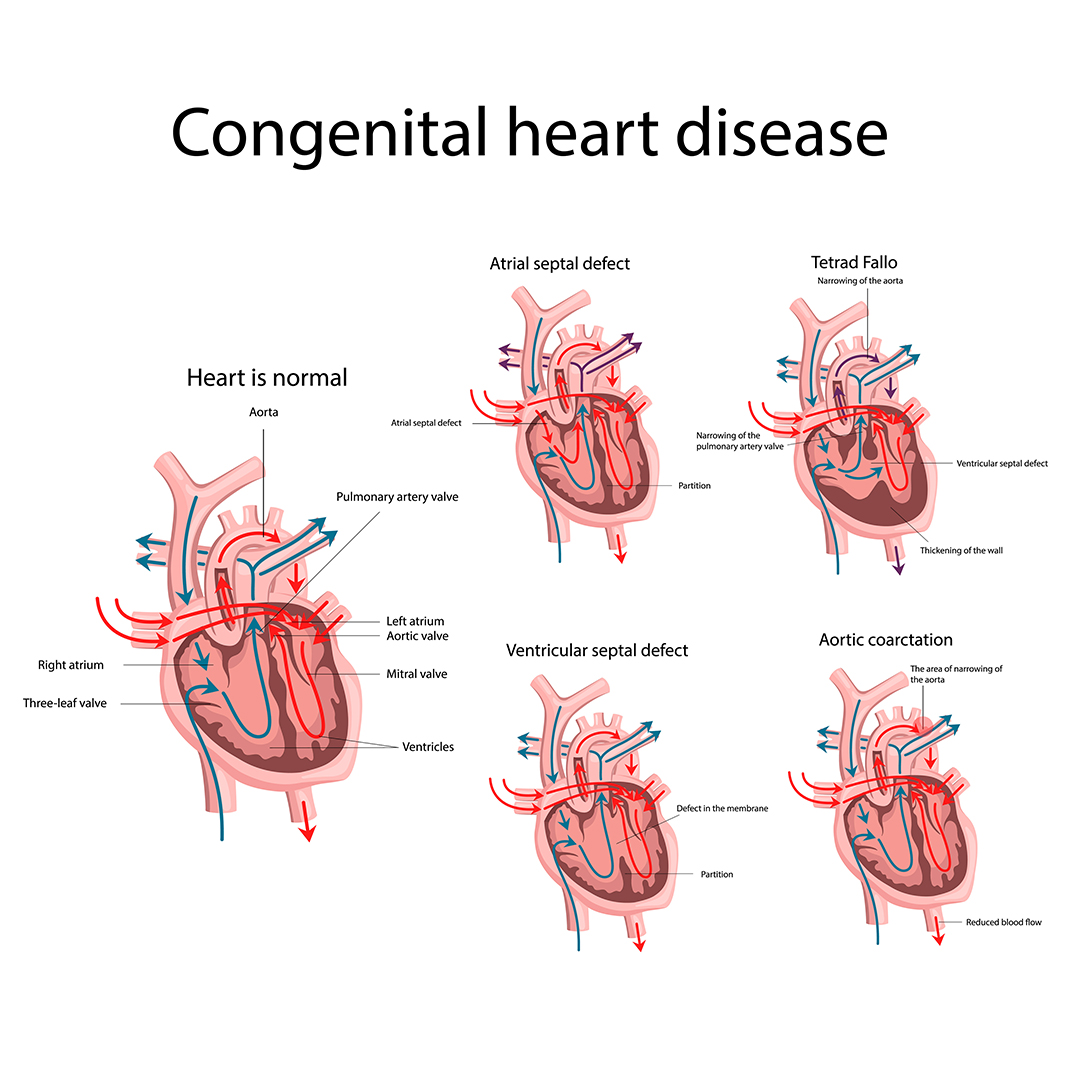
Signs and Symptoms of Congenital Heart Disease
Types of Congenital Heart Disease

Treating Congenital Heart Disease
Book Online Consultaion
Basics of Congenital Heart Disease Blog
Subscribe the Hearty Life Blogs

DR. RAGHU | Best Cardiologist in Hyderabad
Cardiology Coronary, Vascular and
Structural InterventionsConditions & Diseases

Angioplasty

Aortic Stenosis

Atrial Fibrillation

Atrial Septal Defect
An atrial septum is a muscular wall that separates the upper chambers of the heart called atria. An ASD is a common congenital heart disease where the septum is not formed properly producing a left-to-right shunt, which leads to mixing of oxygenated and deoxygenated blood. This causes pulmonary hypertension and right heart enlargement. Small atrial defects do not need any treatment and close on its own. Even in adulthood small ASDs may remain asymptomatic. Some large defects that persists in adulthood may become symptomatic and need closure. The ASDs can be closed by: Percutaneous device closure is the preferred treatment for certain defects type. A noninvasive procedure known as percutaneous transcatheter approach is considered depending on the size and severity of the defect. Moderate to large-sized ASD along with pulmonary hypertension requires to be closed. The procedure is performed by inserting a special closure device either folded or attached to a catheter into the vein of the leg and is advanced to the heart through the defect, which closes the hole by a special mechanism. The success rate of the procedure is about 95%. But the risks involved, and their estimated incidence of occurrence include: Patients with small ASD may not develop any complications, but large-sized defects may lead to serious complications which demands surgery and prolonged hospitalization. A detailed diagnosis of the defect should be performed which includes transthoracic and transoesophageal echocardiogram used to assess the size, location and the suitability of the procedure.

What are the treatment options for ASD?
What is Percutaneous Closure of Atrial Septal Defect (ASD)?
Are there risks associated with the procedure?
What is the pre-procedure work-up?
How should I prepare for the procedure?
Are there any specific instructions about medications?
What happens during the procedure?
What care should be taken after the procedure?
BOOK AN APPOINTMENT

Dr. RAGHU
Cardiology Coronary, Vascular and
Structural InterventionsConditions & Diseases

Angioplasty

Aortic Stenosis

Atrial Fibrillation

Atrial Septal Defect
Heart is a complex organ and can get affected by diseases that can affect various systems of the heart. The common heart ailments that would be observed include:
Coronary Artery Disease (CAD) – accumulation of cholesterol plaques within the walls of the blood vessels (coronary arteries) supplying the heart. This leads to obstruction to blood flow of the heart that can cause chest pain or heart attack.
Valvular heart disease: Heart valves are flap-like structures akin to doors between rooms. They control the blood flow between various chambers of the heart. They play a key role in blood circulation.
There are four valves in the heart
- mitral and aortic valves on the left side of the heart
- tricuspid and pulmonary valves on the right.
These valves can either get narrowed (stenosis) or get “leaky” (regurgitation).
Cardiomyopathy: This disease affects the heart muscle leading to inefficient heart pumping efficiency. Cardiomyopathy can be either due to:
- Direct heart muscle diseases – Hypertrophic Cardiomyopathy, Dilated Cardiomyopathy and Restrictive Cardiomyopathy.
- Indirect heart muscle diseases –
- Consequent to
- heart attack (ischemic cardiomyopathy)
- infective (myocarditis) and
- heart rhythm problems
- Consequent to
- Heart Rhythm problems (Arrhythmias)- Normal heart rate is between 50-100 beats per minute. The maintenance of heart rhythm within a specific range is possible due to an efficient electrical system of the heart also called the conduction system.
- Slow heart rate – Bradycardia usually due to retardation of conduction within the conduction system of the heart. The most common cause is due to age related degeneration of the conduction system. The garden variety disease causing slow heart rate is called complete heart block.
- Fast heart rate – Tachycardia in this disease there is an accelerated conduction of electrical impulses – if the fast heart arises in the lower chambers of the heart (ventricles) it is called ventricular tachycardia if it arises in the upper chambers (atria) of the heart it is called supraventricular tachycardia.
Doctors usually recommend a battery of tests based on the system of the heart that has been affected. Based on a detailed history followed by a detailed physical examination, appropriate battery of tests would be suggested. The diagnosis of the heart ailment is critically dependent on the results of tests.
In addition to confirming the diagnosis, test results might indicate the disease complications and thus your doctor is able to stage the disease and the possible outcomes.
Related : Basics about Heart Failure
Blood tests:
- Complete blood count (CBC): A complete blood count helps to detect infection, anaemia and other blood disorders. Anaemia is a common finding in heart failure, plus it also contributes to worsening of heart failure. A low platelet count may be caused by medications such as diuretics or heparin.
- Cardiac troponins (cTn1, cTnT, high sensitivity troponins): It is an important blood biomarker useful for the detection and predicting outcomes of chest pain or heart attack. Cardiac troponins may also be high in other heart related conditions like acute myocarditis, coronary vasospasm and non-cardiac conditions (e.g. sepsis, chronic kidney disease).
- Electrolytes, urea and creatinine: Assessment of kidney function is essential in all cardiac patients. Both kidney and cardiac disease share the same risk factors and either disease can lead to poor outcomes of the other disease. In addition, cardiac drugs’ doses need to be modified considering the kidney function.
- Liver function tests:: Certain drugs such as statins and amiodarone, which are commonly prescribed for patients with heart disease, can trigger liver failure. Liver failure could also be a consequence of heart failure.
- Thyroid function test: Medication for heart disease like amiodarone may cause hyper or hypo thyroidism. Altered thyroid hormone can also cause heart dysfunction and responsible for coronary artery disease.
- Brain Natriuretic Peptides (BNP or N-terminal pro BNP): BNP is a useful tool to differentiate between cardiac and non-cardiac causes of shortness of breath. High levels of BNP and N terminal pro BNP is associated with increased severity of heart disease and greater risk of hospitalization.
Related: Types of Heart Failure
Electrocardiography(ECG):
This test detects and records the electrical activity of the heart. This is a simple, non-invasive test which is very useful to determine abnormalities in the heart rate, rhythm and to identify risk of damaged heart muscle or other structural changes in the heart. This test detects the presence of arrhythmias and coronary artery disease.
Exercise stress testing:
Exercise makes your heart work harder. Exercise stress testing is done either on a treadmill or cycle ergometry with the patient connected to an electrocardiogram. Exercise stress testing may identify myocardial ischaemia, haemodynamic/ electrical instability, or other exertion-related signs or symptoms. When an individual is not able to exercise, medications are given to stress the heart and the response is evaluated.
Chest X-ray:
Chest X ray is very useful to differentiate whether shortness of breath is due to a respiratory disease or heart disease. It can also help in detecting complications of heart failure such as cardiomegaly, interstitial oedema, pulmonary oedema and pleural effusions.
Coronary angiography:
Coronary angiography is useful to determine the health of the coronary arteries. In this test, a catheter is inserted into the coronary arteries and a dye is injected to produce clear X ray images of the coronary arteries. This helps to find out the presence, location and extent of vessel narrowing. The results also help to decide which type of treatment would be most appropriate for correction of heart problem.
Echocardiography:
This test gives an ultrasound image of the heart. Echocardiography can provide information about the size and shape of heart chambers, blood flow velocities, heart muscle function when they contract and relax, abnormalities of the movement of the heart wall, valve function, and presence of thrombus (blood clot) in the heart.
Stress echocardiography helps in detecting decreased blood flow to heart during exertion. In this test, echocardiography is done immediately post stress. The stress can be exercise or could be induced by medications.
Myocardial perfusion scanning (MPS):
MPS is a non-invasive test which helps to determine how well blood flows through your heart muscles. In this test, a small amount of a radioactive substance is injected into the blood. The test evaluates the severity of coronary artery disease and provides guidance regarding the need as well as success of invasive procedures like angioplasty and stent insertion.
Cardiac Computerized Tomography (CT):
Cardiac CT provides detailed images of the heart. This helps to identify structural abnormalities in the heart and blood vessels such as aneurysms, valve dysfunction and damage to the pulmonary vasculature. Cardiac CT also provides information about patency of grafts following coronary artery bypass graft.
Cardiac Magnetic Resonance Imaging (MRI):
Cardiac MRI uses strong magnetic fields and radiofrequency to provide detailed 3D images of the heart and surrounding structures. The image provides accurate information about cardiac volumes, muscle mass, contractility, and how efficiently the heart is pumping. Like cardiac CT, cardiac MRI also helps to provide information about patency of grafts following coronary artery bypass graft.
Copyright © 2023, Dr. Raghu. All rights reserved.
+91 95424 75650

+91 95424 75650


